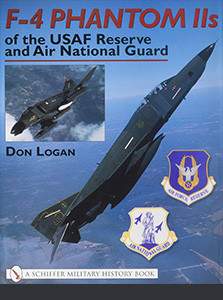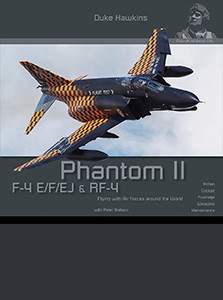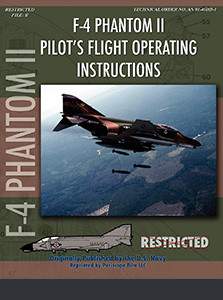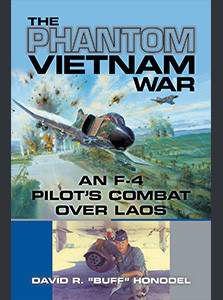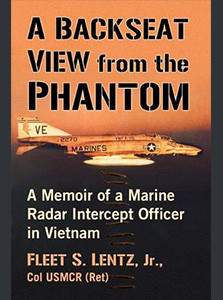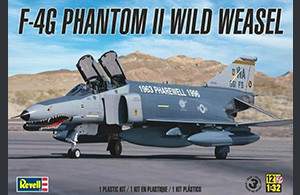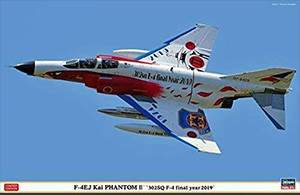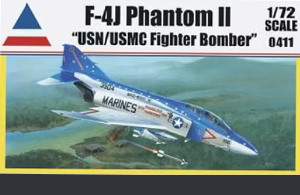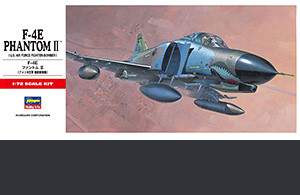Home » Military Aircraft » Cold War Aircraft » McDonnell Douglas F-4 Phantom II
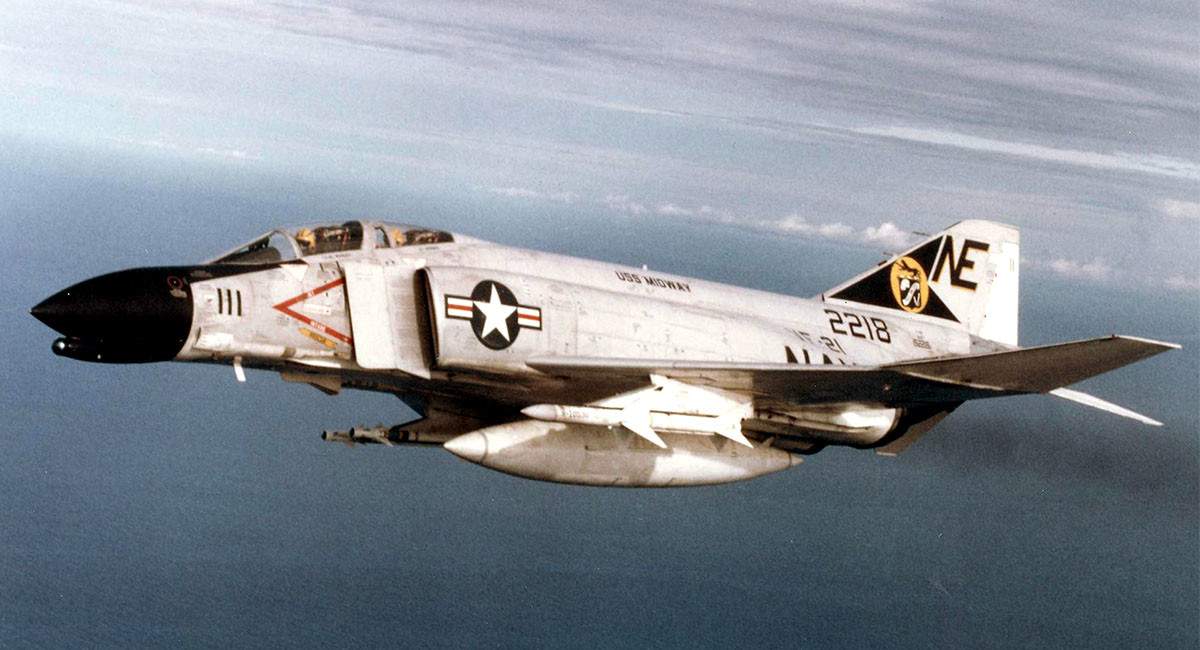
McDonnell Douglas F-4 Phantom II
Role: MULTIROLE FIGTHER | Period: COLD WAR | Nation: USA
Category: Figther, Navy fighter, Interceptor, Fighter-bomber, Reconnaissance aircraft
Crew: 2
Engine: Two turbojet engines
Manufacturer: McDonnell Douglas
Number built: Approx. 5,195
First flight: 27 May 1958
Introduction: 1961
The McDonnell Douglas F-4 Phantom II is a heavy twin-engine, two-seat, supersonic interceptor and fighter-bomber. The aircraft was originally developed as an all-weather fighter aircraft for the United States Navy. The early F-4s in A and B versions were so successful that it was adopted into service by the leadership of the United States Marine Corps (USMC) and the United States Air Force (USAF) and became their standard combat aircraft in 1962.
The F-4 Phantom II has a massive design with a tandem crew seating arrangement. The engines have air intakes directly behind the pilot’s seat and nozzle outlets under the tail of the aircraft. The maximum takeoff weight of the aircraft can be greater than 59,524 lb (27,000 kg) and the ammunition load up to 18,518 lb (8,400 kg). Maximum speed is up to Mach 2.23, ceiling more than 59,055 ft (18,000 m), and range can be more than 1,864 miles (3,000 km) with three additional tanks.
The aircraft’s armament includes air-to-air missiles, guided and unguided air-to-ground missiles, various types of bombs, and nuclear weapons. Until the F-4E version, the Phantom II was not equipped with a fixed gun. When the fighter was deployed in the Vietnam War, however, this concept proved to be a major disadvantage and the machine was fitted with the M61A1 Vulcan rotary cannon.
The first flight of the XF4H-1 prototype took place on 27 May 1958, and the first carrier takeoff and landing took place on 15 February 1960 (on the aircraft carrier USS Independence). The first production variants were the F-4A (originally designated F4H-1F) and F-4B (F4H-1F), and by March 1967, 694 of these types had been delivered to the USN and USMC. The RF-4B version, used by the USMC, was developed for tactical reconnaissance.
The first version of the aircraft designed for the USAF was the F-4C, which was based on its predecessors and delivered in 1963, followed by the RF-4C reconnaissance version. The first version that was specially developed to meet USAF requirements was the F-4D version, which could also carry the new air-to-ground guided munitions. This was followed by the F-4E version, which became the most numerous variant and had the newly incorporated 20 mm (0.787 in) M61A1 cannon.
In 1966, the US Navy received an improved successor to its F-4B, designated the F-4J, which had greatly expanded capabilities to engage ground targets. In addition to these main variants, a number of specially modified versions were produced for specific missions, such as the “Wild Weasel” for the suppression of enemy air defenses. Special versions were also created for foreign customers, such as the F-4K and F-4M for the UK, the F-4EJ for Japan and the F-4F for Germany.
The F-4 holds several world records, such as the altitude record, reaching an altitude of 98,557 ft (30,040 m) in 1959, the speed record, reaching a speed of 1,606,342 mph (2,585,086 km/h) in 1961, and other records for climb rate and speed over various lengths, from 1960 to 1962.
The Phantom II became the most mass-produced American supersonic military aircraft. A total of 5,195 aircraft were built, with production beginning in 1958 at McDonnell Douglas. Of the total, 127 were licensed to Mitsubishi Heavy Industries in Japan, the last of which left the assembly line in 1981.
Main variants
- XF4H-1 – Prototype
- F-4A – First production version, navy variant
- F-4B – Production version, navy variant
- RF-4B – Tactical reconnaissance variant
- F-4C – Production version
- RF-4C – Tactical reconnaissance variant
- EF-4C Wild Weasel IV – version for suppression of enemy air defence
- F-4D – Production version
- EF-4D Wild Weasel IV – version for suppression of enemy air defence
- F-4E – Production version
- RF-4E – Tactical reconnaissance variant
- F-4F – Production version
- F-4G Wild Weasel V – version for suppression of enemy air defence
- F-4J – Production version, navy variant
- F-4K / Phantom FG.1 – variant for Royal Navy
- F-4M / Phantom FGR.2 – variant for Royal Air Force
- F-4N – Production version, navy variant
- F-4S – Production version, navy variant
Operational service
- Vietnam War (1955–1975, in operation since December, 1964)
- War of Attrition (1967-1970)
- Yom Kippur War (1973)
- Iran–Iraq War (1980-1988)
- Lebanon War (1982-1985)
- Gulf War (1991)
- Operation Provide Comfort (1991-1996)
- Operation Southern Watch (1992-2003)
CONTENT
Gallery
F-4 Phantom II - Books

